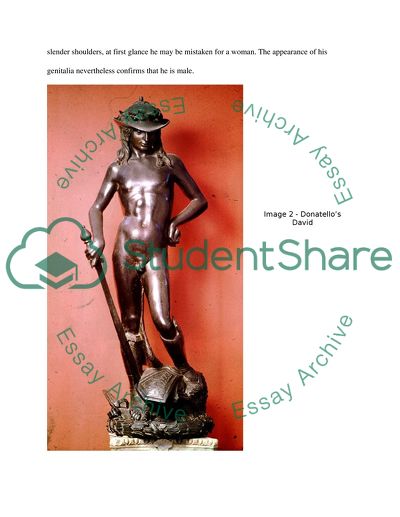Cite this document
(Donatello and Michelangelo Statue of David Research Paper, n.d.)
Donatello and Michelangelo Statue of David Research Paper. Retrieved from https://studentshare.org/visual-arts-film-studies/1743685-art
Donatello and Michelangelo Statue of David Research Paper. Retrieved from https://studentshare.org/visual-arts-film-studies/1743685-art
(Donatello and Michelangelo Statue of David Research Paper)
Donatello and Michelangelo Statue of David Research Paper. https://studentshare.org/visual-arts-film-studies/1743685-art.
Donatello and Michelangelo Statue of David Research Paper. https://studentshare.org/visual-arts-film-studies/1743685-art.
“Donatello and Michelangelo Statue of David Research Paper”, n.d. https://studentshare.org/visual-arts-film-studies/1743685-art.


